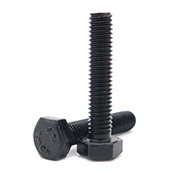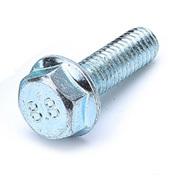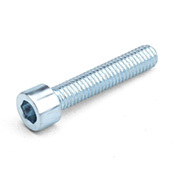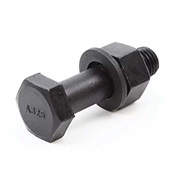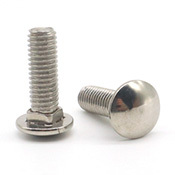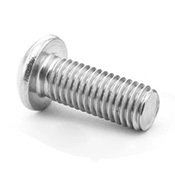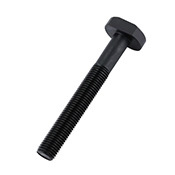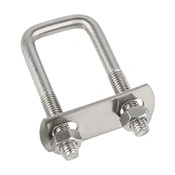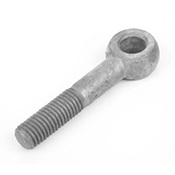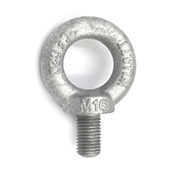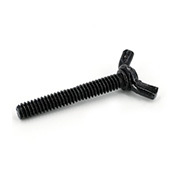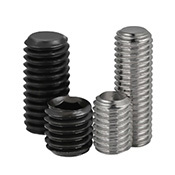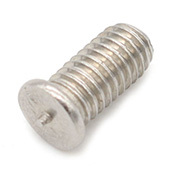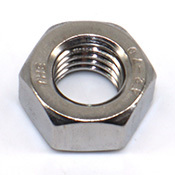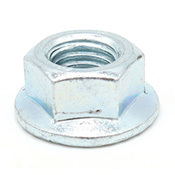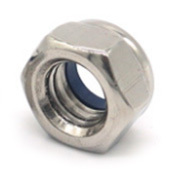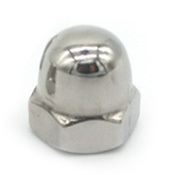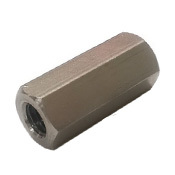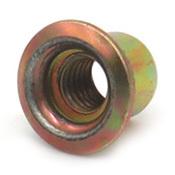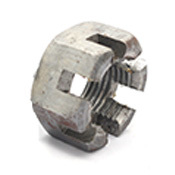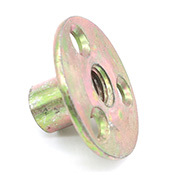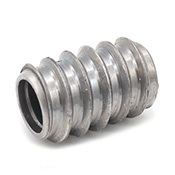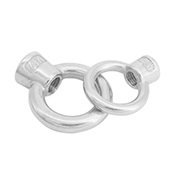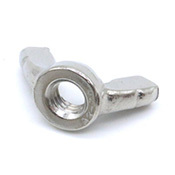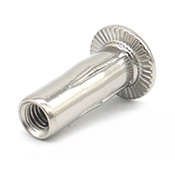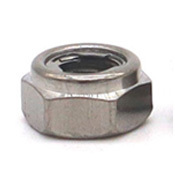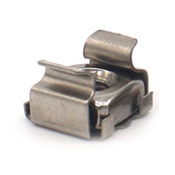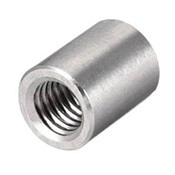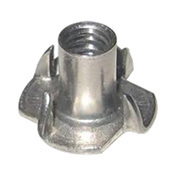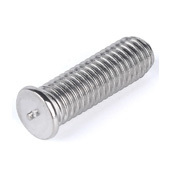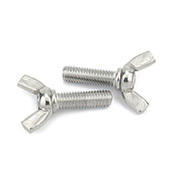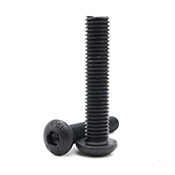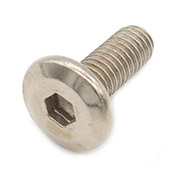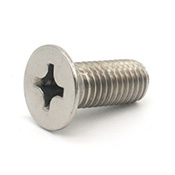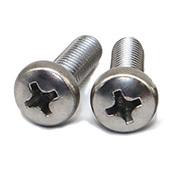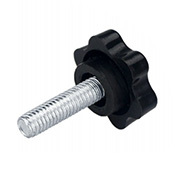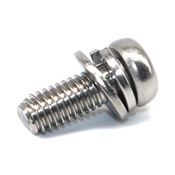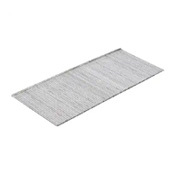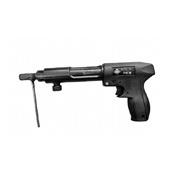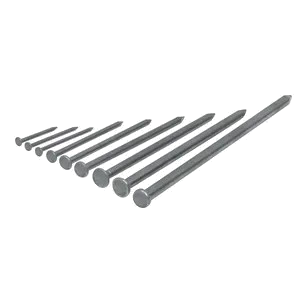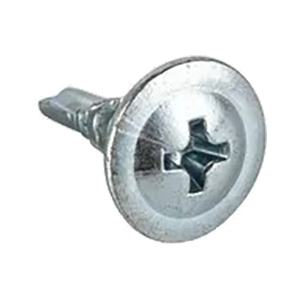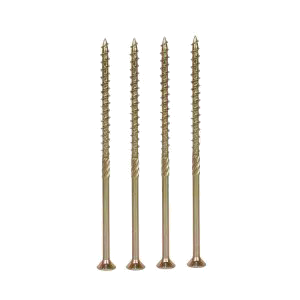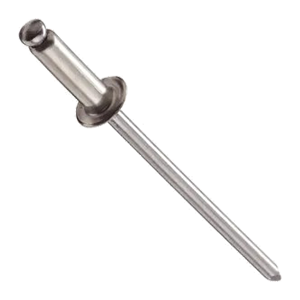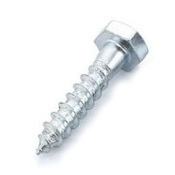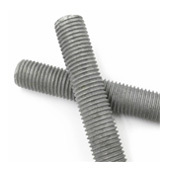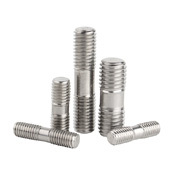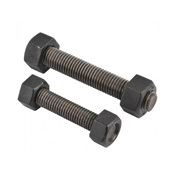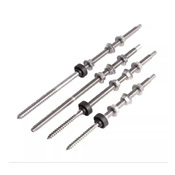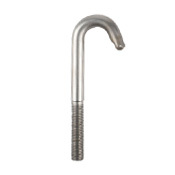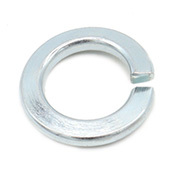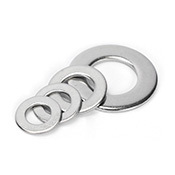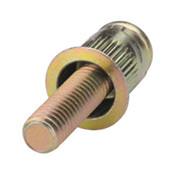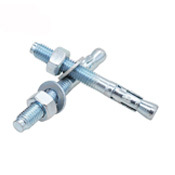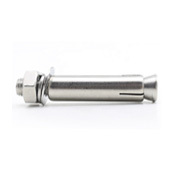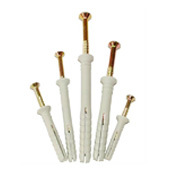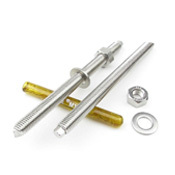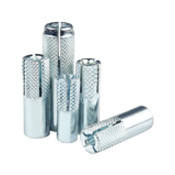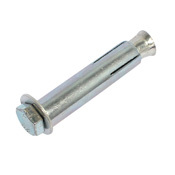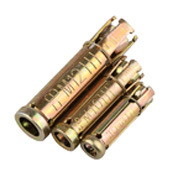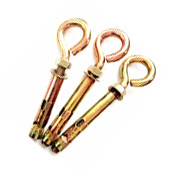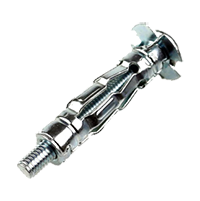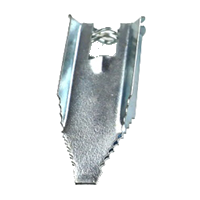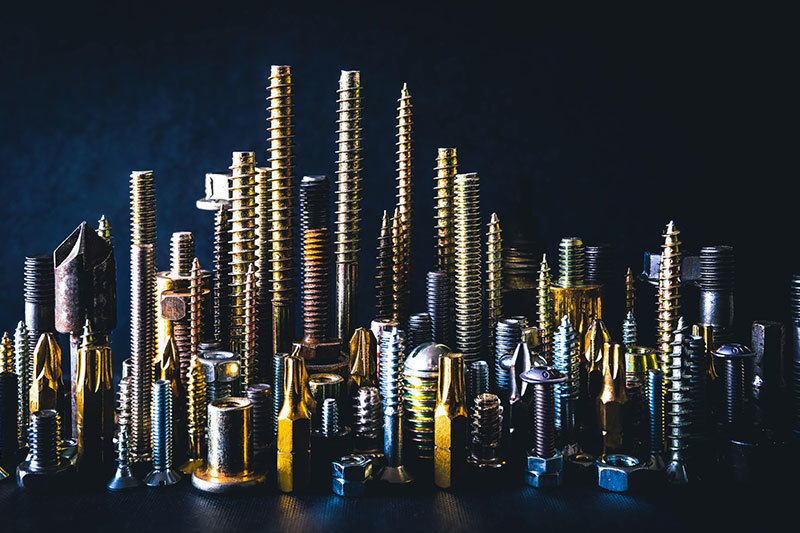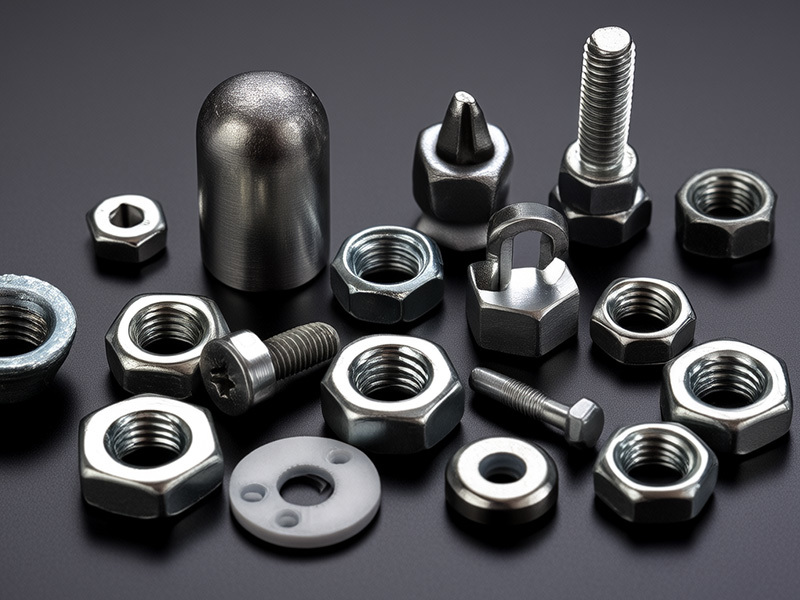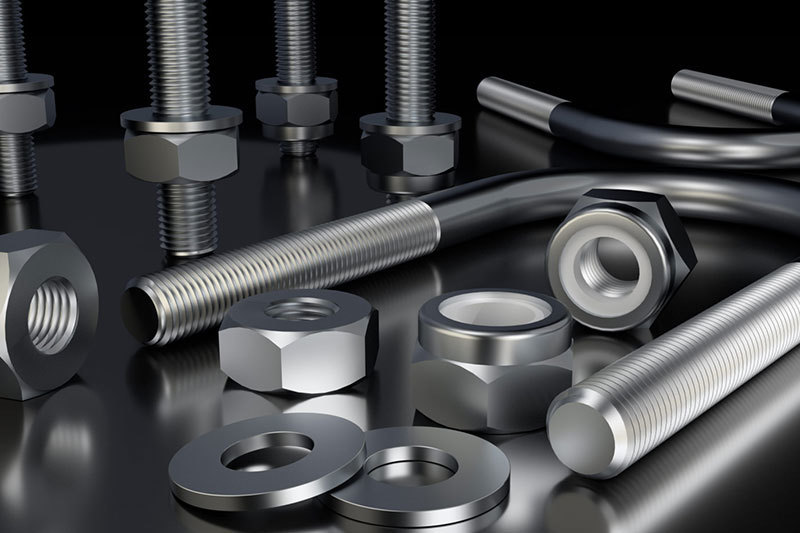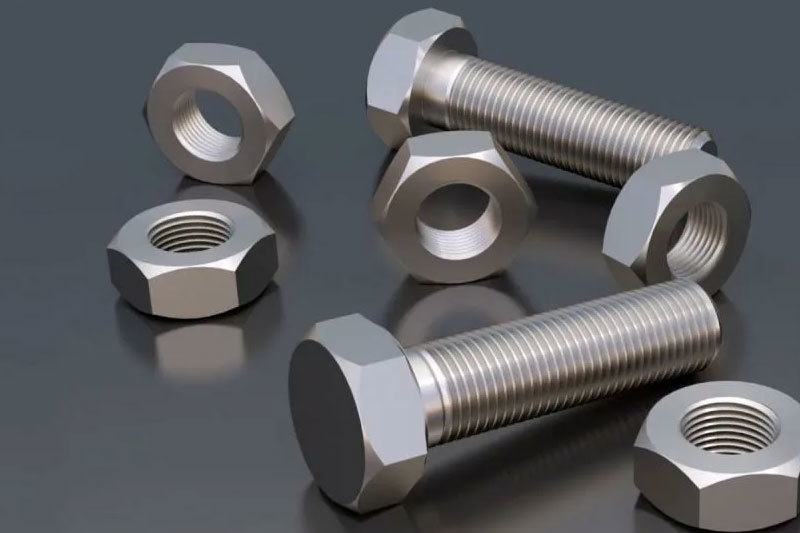Flat Washers: The Unsung Heroes of Fastening
Oct 05,2025
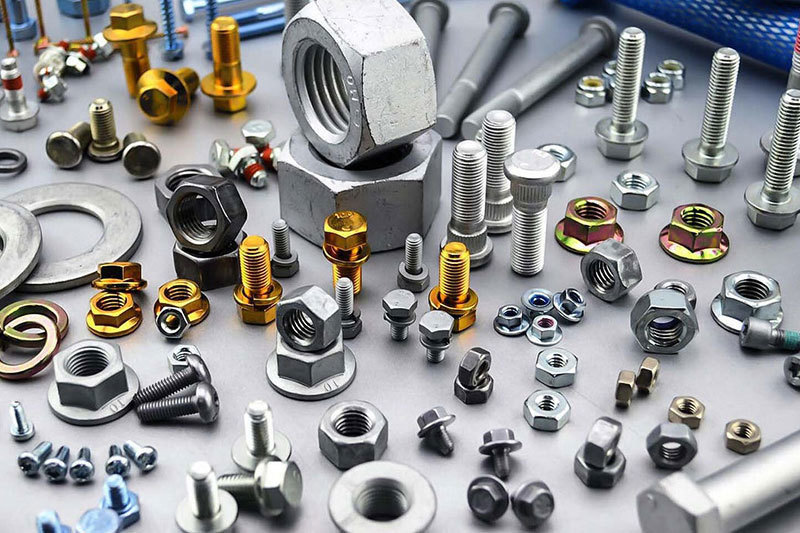
Introduction to Flat Washers
Flat washers, often overlooked yet incredibly vital, are the unsung heroes of the fastening world. You might be wondering, what's the big deal? Well, let me tell you, these little disks can make a world of difference in your DIY projects or professional tasks!
What Are Flat Washers?
In simple terms, flat washers are round plates, usually made from metal or plastic, that you place between a nut and a surface, or a bolt head and a surface. Their main job? To distribute the load of a fastener. Imagine trying to hold a piece of wood together with a screw without one of these beauties—yikes! The screw would sink into the material, creating a weak bond.
Why Use Flat Washers?
- They reduce surface wear.
- They prevent loosening from vibration.
- They help achieve a tighter seal.
- They protect against corrosion.
With these advantages, it's no wonder flat washers are commonly used in everything from construction to automotive work.
Choosing the Right Flat Washer
Okay, so you're sold on flat washers. But wait! Before you rush out to grab a handful, here are a few tips on choosing the right ones:
Material Matters
Flat washers come in various materials—steel, stainless steel, nylon, and more. Steel washers are strong, but they can rust. Stainless steel is a champ against corrosion, while nylon is lightweight and non-conductive. So, consider your project's environment and choose accordingly!
Size Does Count
Flat washers come in all shapes and sizes. It's crucial to match the washer to your fastener's size. Using a washer that's too small? You might as well be trying to hold up a bridge with a toothpick. On the flip side, a washer that's too large can lead to an uneven surface.
Installation Tips and Tricks
Now that you've got the right flat washers, let's talk about how to use them effectively. After all, it's not just about having the right tools; it's about using them correctly!
Clean the Surface
Before you install your flat washer, make sure the surface is clean. Dirt and debris can interfere with the washer's ability to distribute load evenly. A quick wipe down will do wonders!
Don't Skimp on Torque
When fastening, ensure you're applying sufficient torque. Over-tightening can warp the washer, while under-tightening may lead to loosening over time. Find that sweet spot!
Common Mistakes to Avoid
Even seasoned pros can make mistakes. Watch out for these common pitfalls when using flat washers:
Ignoring Washer Condition
Using worn-out washers is like wearing shoes with holes in them—no good! Always inspect your flat washers before installation.
Using the Wrong Type
As mentioned earlier, not all washers are created equal. Don't use a nylon washer where a metal one is needed. It's a recipe for disaster!
Conclusion
Flat washers may be small, but they pack a punch when it comes to securing your projects. By choosing the right material, size, and installation technique, you can ensure your work stands the test of time. So, the next time you're at the hardware store, don't overlook these vital components. They're not just washers; they're the backbone of any solid fastening solution!
TAG:
Previous
Previous:
Related Posts
Application and Development of Fasteners in Automotive Industry

Tel/WhatsApp:
Sales E-mail:
The company's main products cover six categories, including nuts, bolts, screws, threaded rods, flat washers and sleeve anchors.
MESSAGE
We will contact you within one working day. Please pay attention to your email.
COOKIES
Our website uses cookies and similar technologies to personalize the advertising shown to you and to help you get the best experience on our website. For more information, see our Privacy & Cookie Policy
COOKIES
Our website uses cookies and similar technologies to personalize the advertising shown to you and to help you get the best experience on our website. For more information, see our Privacy & Cookie Policy
These cookies are necessary for basic functions such as payment. Standard cookies cannot be turned off and do not store any of your information.
These cookies collect information, such as how many people are using our site or which pages are popular, to help us improve the customer experience. Turning these cookies off will mean we can't collect information to improve your experience.
These cookies enable the website to provide enhanced functionality and personalization. They may be set by us or by third-party providers whose services we have added to our pages. If you do not allow these cookies, some or all of these services may not function properly.
These cookies help us understand what you are interested in so that we can show you relevant advertising on other websites. Turning these cookies off will mean we are unable to show you any personalized advertising.







